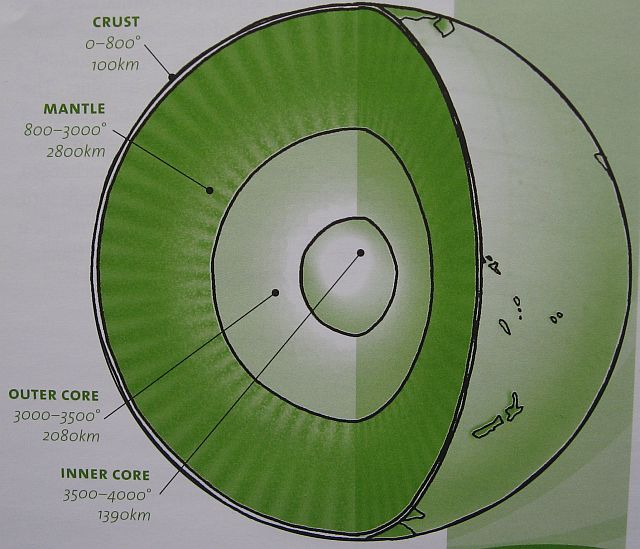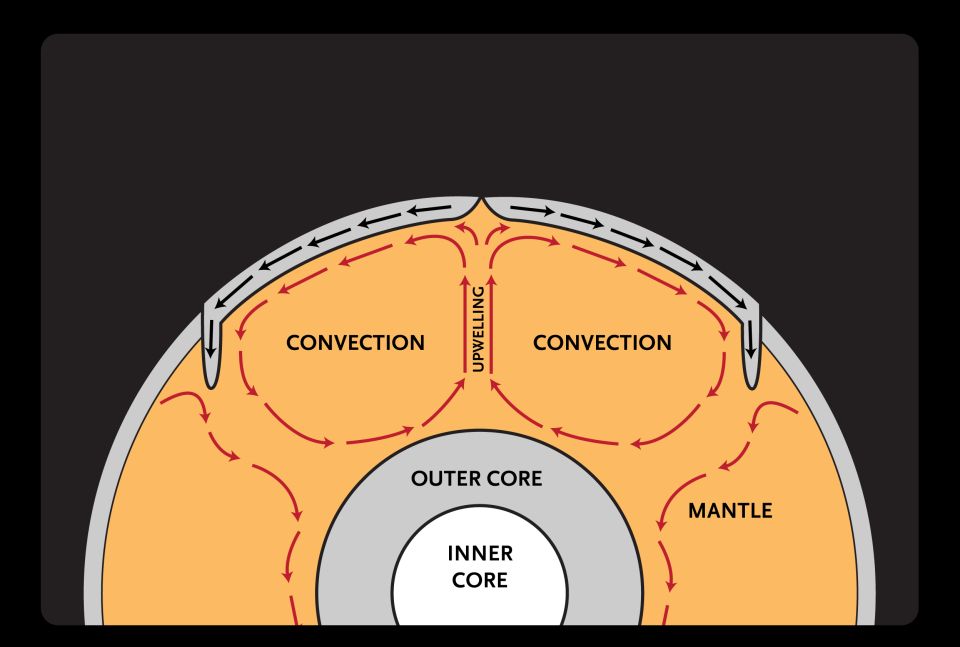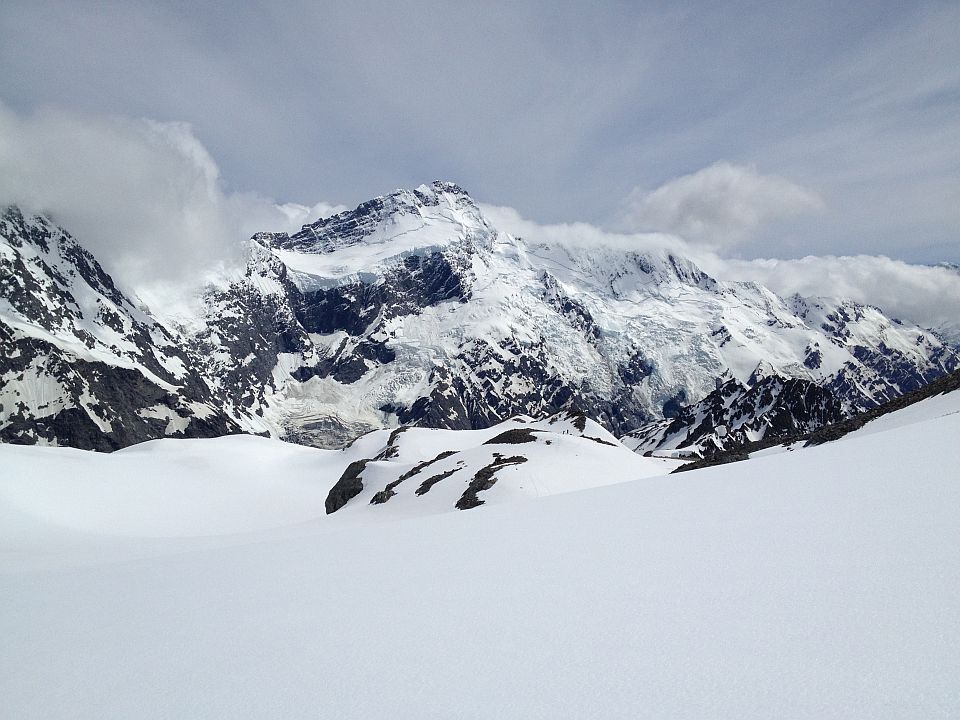You can contact LEARNZ, part of CORE Education, at:
Postal Address:
PO Box 13 678,
Christchurch 8141,
New Zealand
If the Earth's crust was solid and did not move we would not have geohazards. Plate tectonics explains how the surface of the Earth moves.
The Earth is made up of several main layers.
Plate tectonics explains how the Earth's surface moves. Continents are sitting on huge chunks of the Earth’s crust called tectonic plates. These tectonic plates are always moving.
Heat from the core causes super-hot convection currents that move around in the Earth’s mantle. Convection currents are the main reason for tectonic plate movement (sometimes called continental drift).
The crust is like a lid on a jar, keeping the mantle under the Earth’s surface.

At the edge of the tectonic plates one of three things can happen:
Spreading boundary (divergent)
This is where two plates move apart from each other. Magma (molten rock) will then rise from inside the Earth to fill in the gap. This can form rift valleys on land or ocean ridges on the seafloor.
Colliding boundary (Convergent)
Where two plates push together. Different things will happen depending on what type of plates are pushing together
Sliding boundary (Transform)
This is when two plates slide against each other. But rather than sliding smoothly, the plates build up stress then release this with a burst of movement. This movement is felt as an earthquake.

New Zealand sits on the edge of two tectonic plates, the Indo-Australian and the Pacific plates. The movement of these two tectonic plates creates earthquakes, geothermal areas and volcanoes, and has shaped the New Zealand we know today.

,Earth is made up of several main layers. Image: LEARNZ.

,Continents are sitting on huge chunks of the Earth’s crust called tectonic plates. Image: GNS Science.

,Convection currents caused by heating in the Earth's mantle explain how the continents move. Image: Public Domain.

,New Zealand sits on the edge of two tectonic plates; the Indo Australian Plate and the Pacific Plate. How do you think this affects New Zealand? Image: LEARNZ.

The Indo Australian Plate is like a bulldozer pushing at the weaker Pacific Plate causing it to rise up into the mountain range known as the Southern Alps. What else does this plate movement cause? Image: LEARNZ.
Watch the GNS Science animation (519k), showing the future shape of New Zealand if the current plate movement continues.